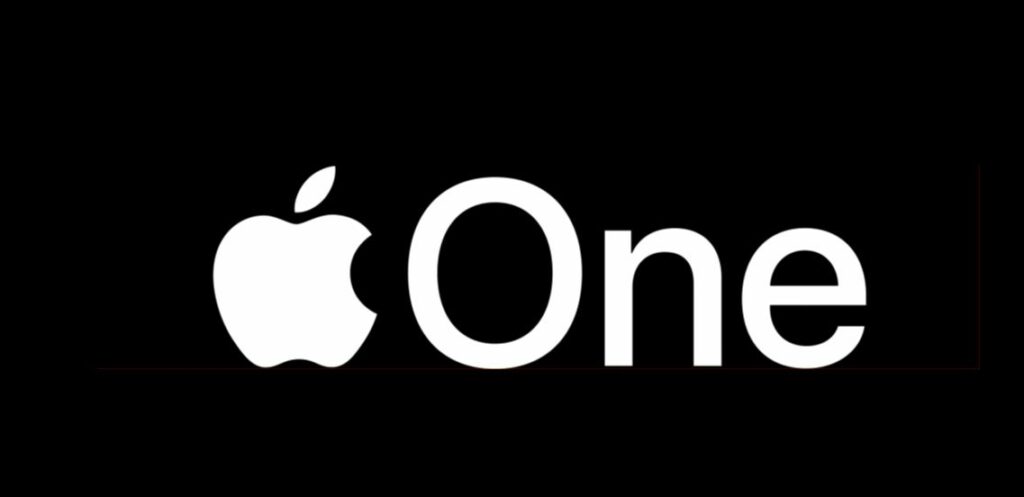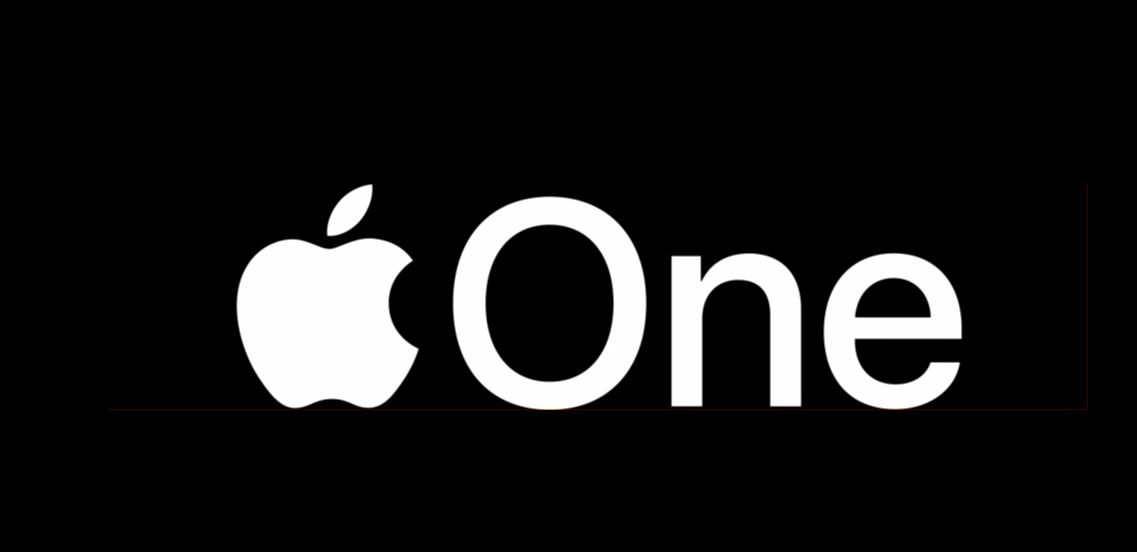Apple One is the latest subscription offer from Apple that bundles many of its services into one plan. It includes access to Apple Music, Apple TV+, Apple Arcade, and iCloud storage, among other features. With this offer, you can get more value for your money and enjoy all of Apple’s services at once.

But how much does such a plan cost in Australia? In this blog post, we will break down all the details on pricing and availability of Apple One in Australia so you can decide if it is worth it for you.
Whether you use iOS devices or other platforms, we will provide detailed information about the different tiers and packages available for Apple One in Australia.
What is Apple One?
Apple One is a subscription service that includes Apple Music, Apple TV+, Apple Arcade, and iCloud. It’s available in two tiers: Individual and Family. With the Individual plan, you get access to all four services for $21 per month. The Family plan includes all four services for up to six family members and costs $28 per month. There is also a Premier plan that includes Apple News+ and Fitness+ for $45 per month.
How Much Is Apple One In Australia?
Apple One has three subscription tiers:
- Apple One Individual ($21): Includes Apple Music, Apple TV+, Apple Arcade, and 50GB of iCloud storage.
- Apple One Family ($28.05) : Same as the Individual plan, but can be shared with up to six family members.
- Apple One Premier (42.95) : Adds Apple Fitness+ and 2TB of iCloud storage to the Family plan.
Apple One is Apple’s new subscription service that bundles together several of its popular products and services. The individual plans start at $21.95 per month in Australia, which is about the same price as an individual Apple Music subscription.
The family plan, which includes up to six family members, starts at $28.95 per month. And the Premier plan, which includes access to all of Apple’s services, starts at $42.95 per month.
How To Signup For Apple One
To sign up for Apple One, follow these steps:
- Open the App Store: On your Apple device, open the App Store and select the “Apple One” section.
- Choose a plan: Select the Apple One plan that you would like to subscribe to. There are three plans available: Individual, Family, and Premier.
- Sign in with Apple ID: Sign in with your Apple ID to start the sign-up process.
- Review the information: Review the information about the plan you selected and make any necessary changes.
- Add a payment method: Add a payment method to pay for your Apple One subscription. You can use a credit or debit card, or you can use Apple Pay.
- Confirm the subscription: Confirm your subscription by reviewing the terms and conditions and clicking on the “Subscribe” button.
Once you have completed these steps, your Apple One subscription will be active and you will have access to the services included in your chosen plan. You can manage your Apple One subscription through the App Store or the Apple ID account settings on your Apple device.
What Does Apple One Include?
Apple One is a bundle of various Apple services that allows users to subscribe to multiple services at a discounted price. The following services are included in Apple One:
- Apple Music: Unlimited access to over 70 million songs and music videos.
- Apple TV+: Ad-free original TV shows and movies.
- Apple Arcade: Access to a collection of over 100 exclusive games.
- iCloud Storage: Online storage for photos, documents, and other data.
- Apple Fitness+: A personalized workout experience with virtual classes and trainers. (Available in the Premier plan only)
Note that the specific services included and the amount of iCloud storage vary between the three Apple One plans: Individual, Family, and Premier.
Is Apple One Worth It?
Whether Apple One is worth it or not depends on the individual user’s needs and preferences. Some potential benefits of Apple One include:
- Convenience: Apple One offers a simple and convenient way to subscribe to multiple Apple services with a single monthly bill.
- Savings: Apple One typically offers a discount compared to subscribing to each service separately, making it a cost-effective option for users who regularly use multiple Apple services.
- Access to multiple services: Apple One provides access to a range of services, including music streaming, video streaming, gaming, and cloud storage, all in one place.
However, it’s important to consider whether you actually use or plan to use all of the services included in Apple One, as subscribing to services you don’t need can result in wasted money.
Additionally, if you already subscribe to some of the included services, it’s worth calculating if the savings from Apple One are worth switching from your current subscriptions.
Ultimately, whether Apple One is worth it for you depends on your personal circumstances and preferences.
Another way to look at whether or not Apple One is worth it is to consider the value you get for your money. When you compare the price of an individual subscription to the price of an Apple One plan, you can see that you’re getting a better deal with Apple One.
The bottom line is that whether or not Apple One is worth it depends on your needs and budget. If you’re looking for a comprehensive bundle of services from one of the most trusted names in tech, then Apple One is definitely worth considering.
Alternatives to Apple One
There are several alternatives to Apple One, including:
- Amazon Prime: Offers a wide range of services, including free shipping, access to Prime Video, Prime Music, and Prime Reading, among others.
- Google One: Google’s cloud storage and subscription service, which includes access to Google Drive storage, Gmail, and Google Meet.
- Microsoft 365: A bundle of Microsoft services, including Office applications, OneDrive storage, and email services.
- Spotify Premium: A music streaming service that offers ad-free listening, offline playback, and access to a large library of songs and podcasts.
- Netflix: A popular video streaming service with a vast library of movies and TV shows, including original content.
- Disney+: A video streaming service featuring movies and TV shows from Disney, Pixar, Marvel, Star Wars, and National Geographic, among others.
- Hulu: A video streaming service with a large library of TV shows, movies, and original content.
These are just a few examples of alternatives to Apple One, and the best choice will depend on the individual user’s needs and preferences. It’s worth considering what services you use and which combination offers the best value for you.
Conclusion
Apple One provides an excellent way to access Apple’s suite of services at an affordable price. Due to the variation in pricing across Australia, you may be able to find a better deal than the standard subscription rate.
Make sure to do your research and compare prices before committing to any subscription, so that you can get the best value out of your purchase. With Apple One, you’ll have access to all your favorite services without breaking the bank!

![How to Watch WWE Live Online in Australia on Peacock? [Easy Steps]](https://infostockist.com/wp-content/uploads/2023/04/peacock-tv-in-australia-new-800x550.webp)

